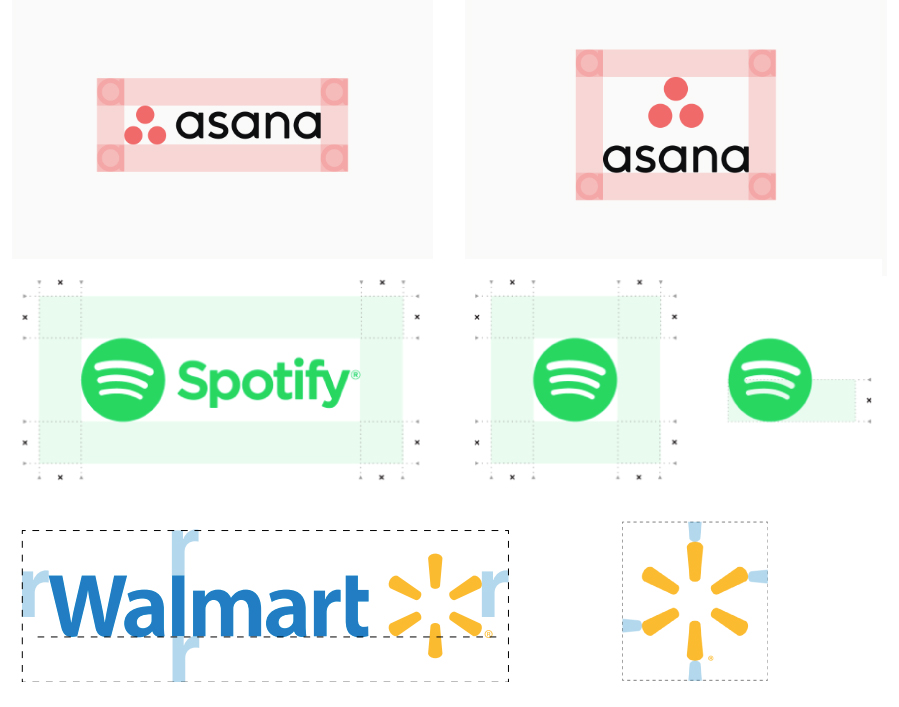How to Build a Successful Brand

Apple. Nike. Disney. You recognize these brands. And you can probably describe them as if they’re friends. Disney is friendly, silly, and wonderful. Nike is strong and athletic. Apple? Sleek and simple.
Brands like these have won the lottery of brand awareness. How can your brand do the same?
Building a Brand Identity
Building a brand involves establishing a unique identity and image for your business or product in the minds of your target audience. This involves a combination of elements such as your company’s name, logo, tagline, aesthetic, mission and beyond. All of these assets paint the picture of who you are to your customer.

Understanding Your Target Audience
Every successful brand starts with identifying a target audience and learning to understand their needs and preferences. This will help create a brand image that resonates with your audience and sets you apart from your competitors. Learn how to build user personas that help you visualize and target your messaging in the right direction.
Developing Your Brand
Once you have a clear understanding of your target audience, you can begin developing your brand identity. This can include creating a memorable name and logo, as well as a tagline that encapsulates the essence of your brand.
In addition to your visual identity, it’s important to also consider how your brand will be perceived in terms of quality, customer service, and overall reputation. Providing consistently high-quality products or services, and delivering excellent customer service, can help establish your brand as a trusted and reliable choice in the eyes of your customers.
Consistency
Another key aspect of a successful brand is consistency. It’s important to consistently use the same visual elements across all of your marketing materials and channels, such as your logo and color scheme. This helps to reinforce your brand identity and create a sense of familiarity and recognition among your target audience. Creating a brand guide can help your organization stay on track.
What is a Brand Guide?
A brand guide is a document that outlines the key elements of a company’s brand, including its visual identity, tone of voice, and messaging. The goal is to create a consistency toolkit that lends itself to brand recognition when applied across all channels. It’s the creative’s version of SOP’s! Using a brand guide will also make it much more efficient for a designer to build on-brand assets.
Common Sections of Brand Guidelines
The specific sections included in a brand guide can vary depending on the needs and goals of the company, but some common sections include:
- Mission: This section provides an overview of the brand’s purpose.
- Values: This section describes the core values and qualities that define the brand and differentiate it from competitors.
- Brand story: This section tells the brand’s story, including its history and key milestones.
- Buyer Personas: This section breaks down your target audience and how they interact with your brand.
- Brand personality: This section outlines the brand’s tone of voice and how it should be expressed in various contexts.
- Visual identity: This section describes the brand’s logo, color palette, typography, and other visual elements, as well as guidelines for their use.
- Messaging: This section provides guidance on the language and tone that should be used when communicating about the brand and its products or services.
- Examples: This section demonstrates how the brand’s elements should be used in various contexts.

Examples of Effective Brand Guides
There are tons of amazing examples of brand guides available online, but some of our favorites are Asana, Walmart, and Spotify. In these, you’ll see how they use the document’s design, in addition to the content, to serve as an example for employees to draw inspiration and technical reference from.
Creative Brainstorming Strategies for Building a Brand Identity
With all of this being said, coming up with the brand identity is just plain difficult. You have to challenge your preconceived ideas AND find a way to get something tangible down on paper. When Slam! is building a brand from scratch, we like to start with some brainstorming strategies that help us get into a playful zone and find creative solutions. For all of these exercises, there are never any wrong answers!

- Mind mapping: This is when you create a visual diagram that connects related ideas and concepts. Start by writing down the core elements of your brand that you can name at this point, such as values, mission, and target audience. Then, create branches that connect these core elements to more specific ideas and concepts that relate to your brand. This can help you generate a wide range of ideas and see connections and patterns that you may not have considered before.
- Free association: This technique involves writing down a word or phrase related to your brand, and then quickly jotting down any words or phrases that come to mind without censoring yourself. This can help you generate many ideas and discover more hidden connections and associations.
- Word collage: In this strategy, you create a visual collage using words and phrases related to your brand. Start by cutting out words and phrases from magazines, newspapers, or online sources that relate to your brand. Then, arrange the words and phrases on a sheet of paper or a whiteboard to create a collage. This can help you see your ideas in a new light and can also help you identify patterns and themes that may be useful for your brand identity.
- Roleplaying: This is another way to develop user personas. During roleplaying you’re assuming the role of a customer or other stakeholder and imagining how they would think and feel about your brand. Start by creating a persona for your target audience, including their demographic information, interests, and motivations. Then, imagine how this persona would react to different aspects of your brand, such as its name, logo, and messaging. This can help you gain a new perspective on your brand and can also help you identify areas where you may need to make changes or improvements.
- Idea generation: This technique involves using prompts and questions to generate ideas related to your brand. Start by writing down a series of questions or prompts that relate to your brand, such as “What makes our brand unique?” or “How do our customers benefit from our products or services?” Then, use these prompts to generate a list of ideas, either individually or as a group. Like word association, this strategy can help you quickly generate many ideas.
There is no right or wrong way to develop a brand, but it’s best done with an engaged group of stakeholders, employees, and sometimes even friends .
____
Building a brand that will last isn’t easy, but it’s a worthwhile process for every business. When you need help – get in contact with us at Slam!
Here's What Our Customers are Saying

Angela Caputa, Director of Marketing
Hoffmann Brothers

Travis Sheridan, Executive Director
Venture Cafe Global

Cyndie Roche, VP of Sales & Marketing
Payne Family Homes
